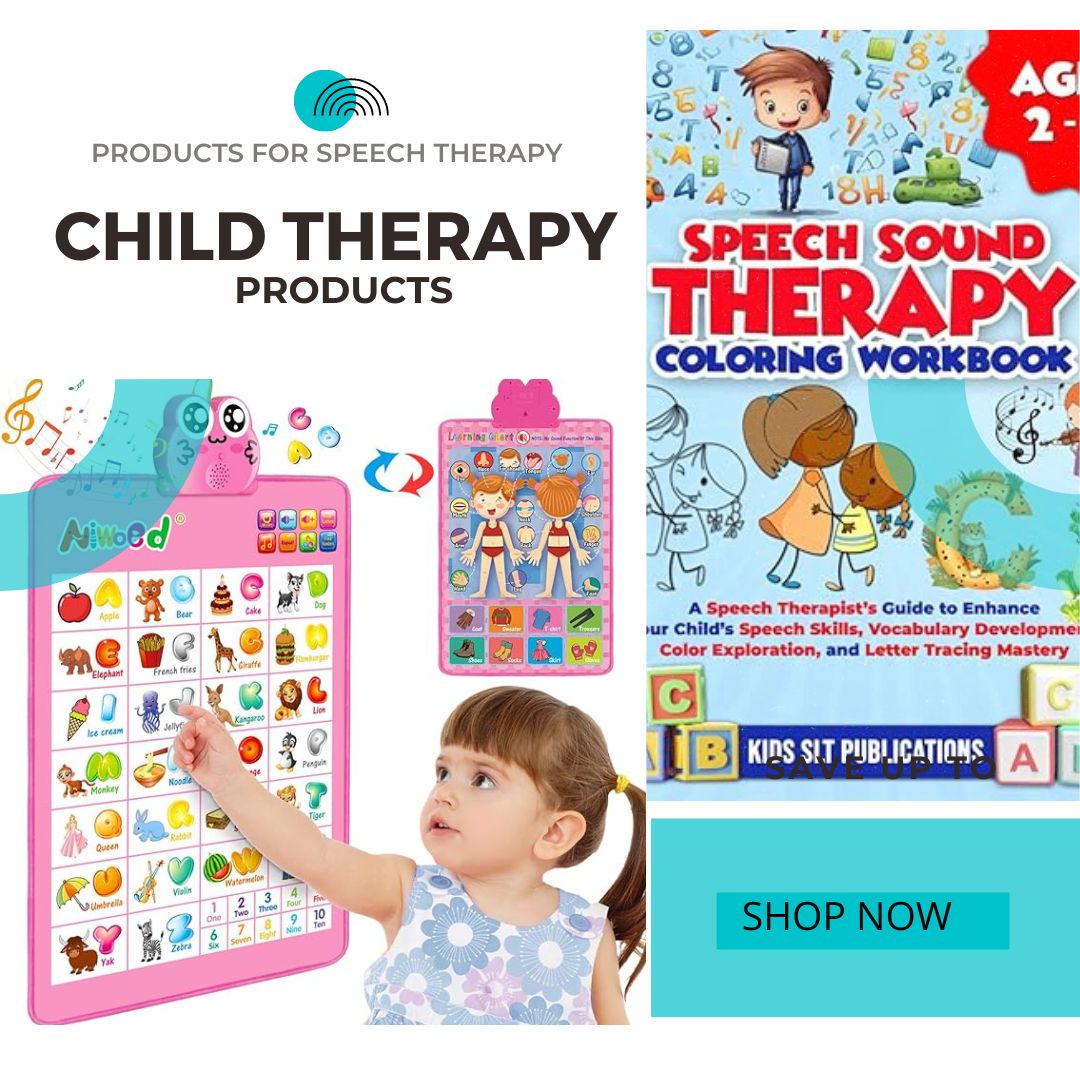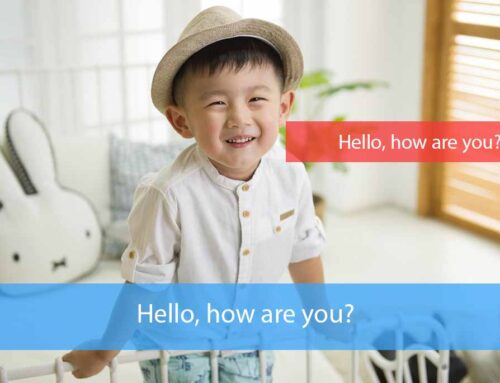As a speech therapist, one of the most common types of questions I receive from parents and caregivers is about how to work on yes/no questions with their child. Yes/no questions are a fundamental component of language, and they form the foundation of communication.
In this guest post, we will discuss some strategies for working on yes no questions in speech therapy and also reveal its importance during therapy!
What are Yes/No Questions?
Before we delve into the strategies for working on yes/no questions, let us first define what yes/no questions are.
A yes/no question is a type of question that requires a simple answer in the form of either ‘yes’ or ‘no’.
- For example, “Did you have breakfast today?” or “Is the sky blue?”.
Yes/no questions can be used to obtain information or confirm details. And you can cross-check it from the parents, family members or friends too.
Why Are Yes/No Questions Important?
Yes/no questions are a fundamental part of communication, and being able to understand and respond to them is crucial for functional communication.
Children who struggle with yes/no questions may have difficulty expressing their needs and wants, asking for help, or even participating in basic social interactions.
Therefore, it is essential to work on improving a child’s ability to understand and answer yes/no questions.
Strategies for Working on Yes/No Questions
Start with Simple Questions
When working on yes/no questions with a child, it is crucial to start with simple questions that are relevant to their daily lives. For example, you could start with questions like “Is this a book?” or “Is this a ball?”. These types of questions are concrete and easy to answer, and they provide a good foundation for building more complex question-answering skills.
Use Visual Aids
Visual aids can be incredibly helpful when working on yes/no questions. You can use pictures, objects, or even videos to help the child understand the question and formulate an appropriate response. For example, you could show the child a picture of a ball and ask, “Is this a ball?” The visual aid helps the child understand the question and make an accurate response.
Provide Choices
Providing choices can also be an effective strategy for working on yes/no questions. For example, you could ask the child, “Do you want the red shirt or the blue shirt?” This type of question gives the child a limited number of options and makes it easier for them to formulate an appropriate response.
Use Positive Reinforcement
Positive reinforcement can be a powerful motivator for children. When a child answers a yes/no question correctly, make sure to provide positive feedback, such as praise or a high-five. This positive reinforcement helps to reinforce the child’s behavior and encourages them to continue to answer questions correctly.
Practice, Practice, Practice
Like with any skill, practice is key when it comes to improving a child’s ability to answer yes/no questions. Make sure to incorporate opportunities for practicing these skills throughout the child’s day, such as during playtime, mealtimes, or bedtime routines.
Vary the Types of Questions
As the child becomes more proficient at answering simple yes/no questions, it is essential to vary the types of questions to increase the child’s ability to generalize their skills. You can start to introduce more complex questions, such as “Do you like pizza?” or “Are you happy today?” These types of questions require the child to use more critical thinking and language skills to formulate an appropriate response.
Model Correct Responses
Modeling correct responses is an effective strategy for teaching children how to answer yes/no questions. When you ask a question, make sure to provide the correct answer and encourage the child to repeat the answer. This strategy helps the child understand what a correct response sounds like and reinforces the correct behavior.
Final Words
Working on yes/no questions is an essential component of speech therapy for children. By starting with simple questions, using visual aids, providing choices, using positive reinforcement, practicing regularly, varying the types of questions, and modeling correct responses, we can help children improve their ability to understand and answer yes/no questions. These skills will not only help children communicate more effectively but also allow them to participate more fully in social interactions and everyday activities.
It is essential to keep in mind that every child is unique, and progress may vary depending on their individual needs and abilities. Speech therapists work with each child to create a personalized treatment plan that is tailored to their specific needs and goals. It is also essential to involve parents and caregivers in the therapy process, as they can play a crucial role in supporting the child’s progress at home.



